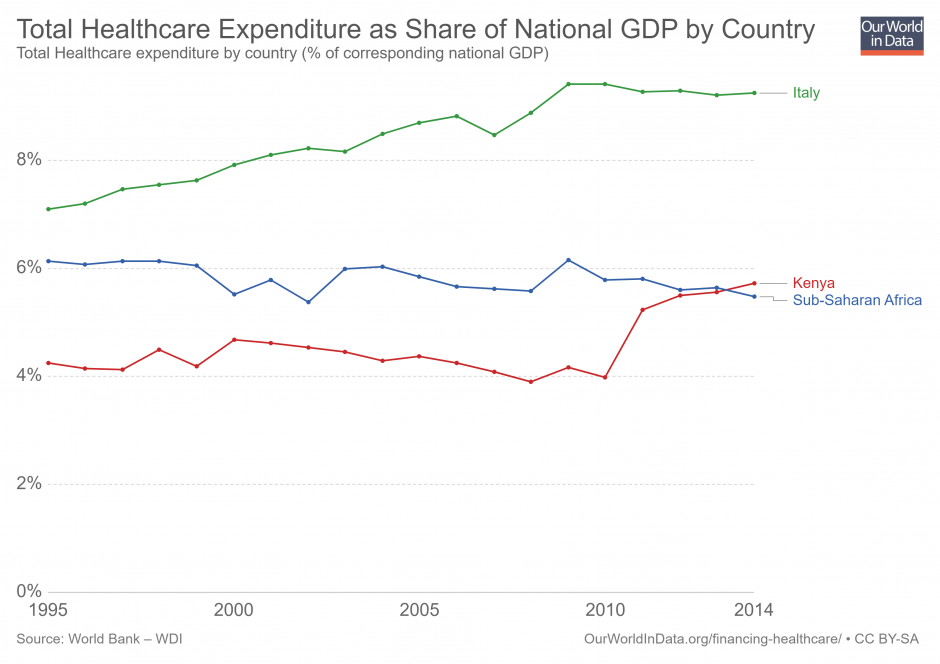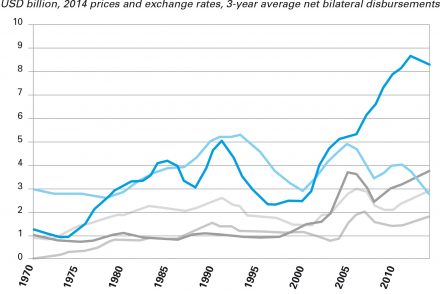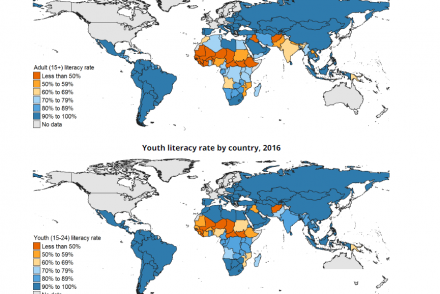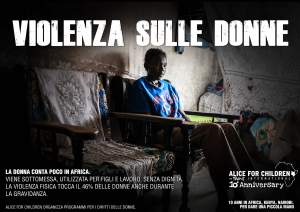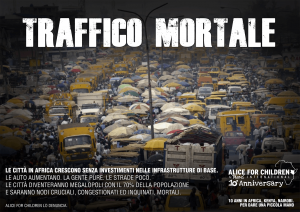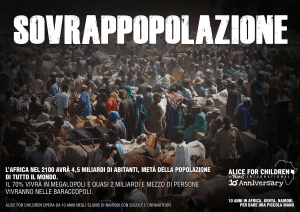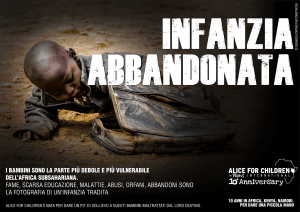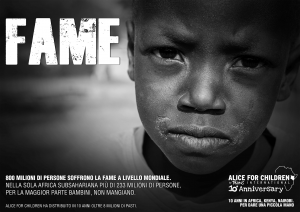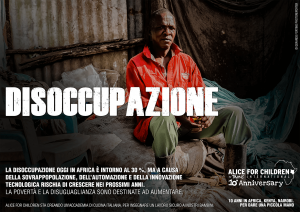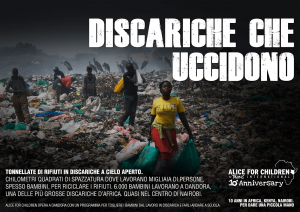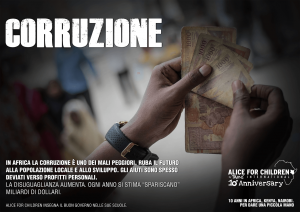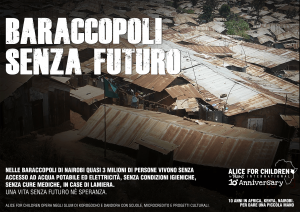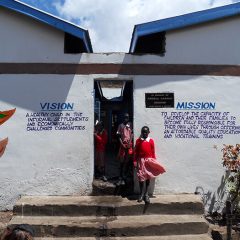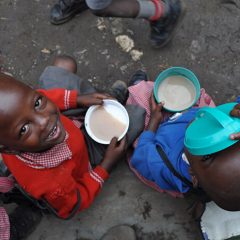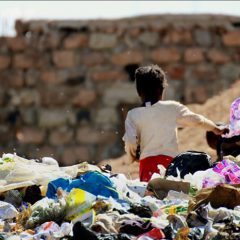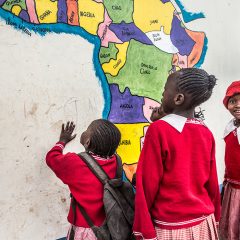In Africa, health situation is particularly complicated and urgent: chest infections, TBC, malnutrition, HIV, malaria, are only some of the greatest health problems affecting local communities, which often cannot access the necessary medical assistance.
In facts, in Africa health service is private: if a person enters an hospital with no insurance policy or money to pay his/her hospitalization, s/he will be sent home. S/he will probably die, but government doesn’t have the means to be responsible for the problem.
This is usual also in America, obviously, but there is a fundamental element which makes the difference: in Africa, they haven’t created the basic conditions for people to make it. Local governments often couldn’t provide their people with minimum resources and services to create an autonomous course.
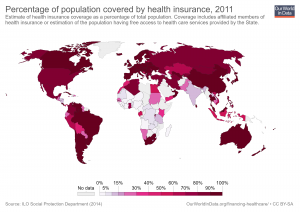
Sub-Saharan countries, where 24% of the diseases we have just mentioned are spreading out, invest 1% of its GDP in health services. Tanzania, Rwanda, Botswana and Burkina Faso invest more, sometimes even 15% of their GDPs, but this is not enough and they can’t buy health machines, which have western prices. Technology – and we will talk about it later – could represent a way out in this obstacle course, where the weakest are always left behind.
Even transports are often private in Africa, with the consensus of local politics, having its own interests in controlling them behind the scenes.
It’s worth giving an example for all: Kenyan transports’ service. In Kenya, all transfers depend on the so-called “matatus”, little Toyota vans with 15 seats, collecting passengers along a predefined route, but following an unpredictable plan. They stop in chaotic stations and travel on roads that, when it rains, turn into mud. Careless about its limits, matatu barrels along Nairobi’s streets through the unbelievable traffic, trying to reach its destination as soon as possible. In facts, the daily incomes of the driver and the conductor depend on the number of runs: more runs they can manage in 24 hours, more coins they are going to have in their pockets at the end of the day.
Obviously, this system doesn’t reward the quality of the journey or their caution: the number of people on matatus is often exceeding and passengers have little air to breathe.
The driver’s willing to earn more money forces him to run fast, using strategic routes and creating traffic jams which are hard to trespass.
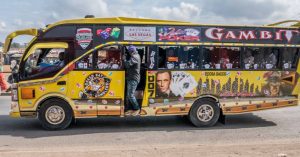
A matatu in Nairobi.
